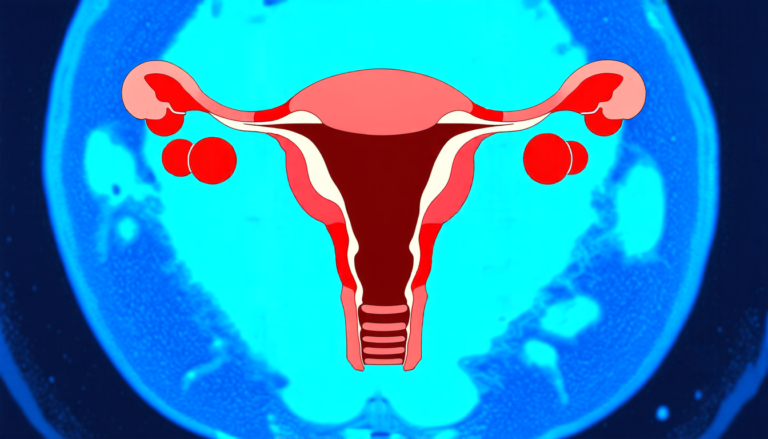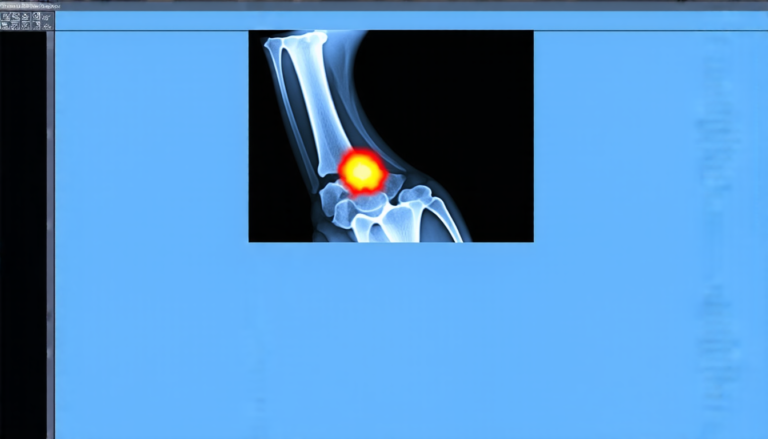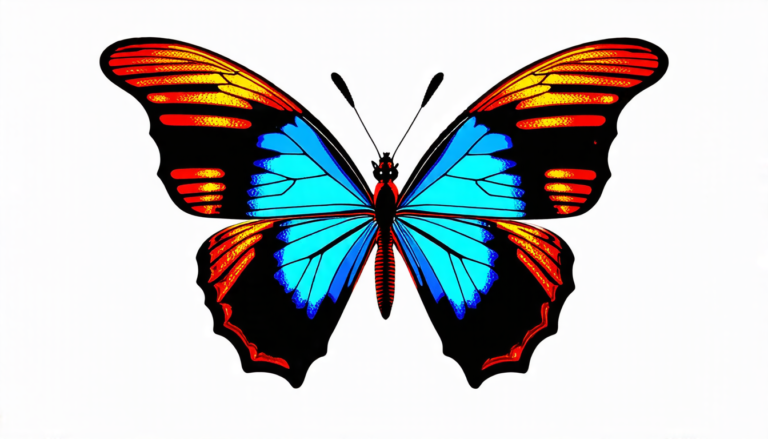Tuesday 09 September 2025
Underwater exploration has long been a challenge for scientists and explorers alike. The murky waters, lack of visibility, and scattering of light make it difficult to capture accurate images or reconstruct 3D scenes. But what if there was a way to overcome these obstacles and create realistic underwater visuals? A team of researchers has developed a novel framework that does just that.
The new system, called UW-3DGS, uses a combination of physics-aware Gaussian splatting and uncertainty pruning to produce high-quality underwater images and 3D reconstructions. The approach is built on the concept of Neural Radiance Fields (NeRF), which have revolutionized computer vision by allowing for the reconstruction of complex scenes from multiple views.
In traditional NeRF methods, a neural network is trained to predict the color and depth of each pixel in an image based on its position and viewing angle. However, these methods struggle when applied to underwater environments, where light absorption and scattering significantly degrade the quality of the images.
UW-3DGS addresses this issue by incorporating a learnable underwater image formation module that simulates wavelength-dependent attenuation and backscatter. This module is trained to predict the effects of water on light transmission, allowing for more accurate reconstruction of underwater scenes.
The system also includes a Physics-Aware Uncertainty Pruning (PAUP) branch that adaptively removes noisy floating Gaussians from the 3D scene representation. This pruning process ensures that only the most reliable and physically consistent data is used to generate the final images and reconstructions.
In experiments, UW-3DGS was tested on underwater datasets and compared to state-of-the-art methods. The results showed significant improvements in terms of rendering quality, geometric fidelity, and artifact reduction. The system was able to produce clear and realistic underwater images with accurate depth information, even in environments with complex lighting conditions.
The implications of this technology are vast. It could revolutionize the way we explore and study marine ecosystems, allowing for more detailed and accurate visualizations of underwater landscapes and creatures. Additionally, UW-3DGS has potential applications in fields such as robotics, archaeology, and environmental monitoring.
By combining cutting-edge computer vision techniques with a deep understanding of physics, the researchers have created a system that can overcome the challenges of underwater imaging and reconstruction. As this technology continues to evolve, we may see even more innovative applications emerge, further expanding our understanding of the ocean’s depths.
Cite this article: “Revolutionizing Underwater Exploration with UW-3DGS”, The Science Archive, 2025.
Underwater Exploration, Computer Vision, Neural Networks, Nerf, Underwater Imaging, 3D Reconstruction, Physics-Aware, Uncertainty Pruning, Gaussian Splatting, Marine Ecosystems.







